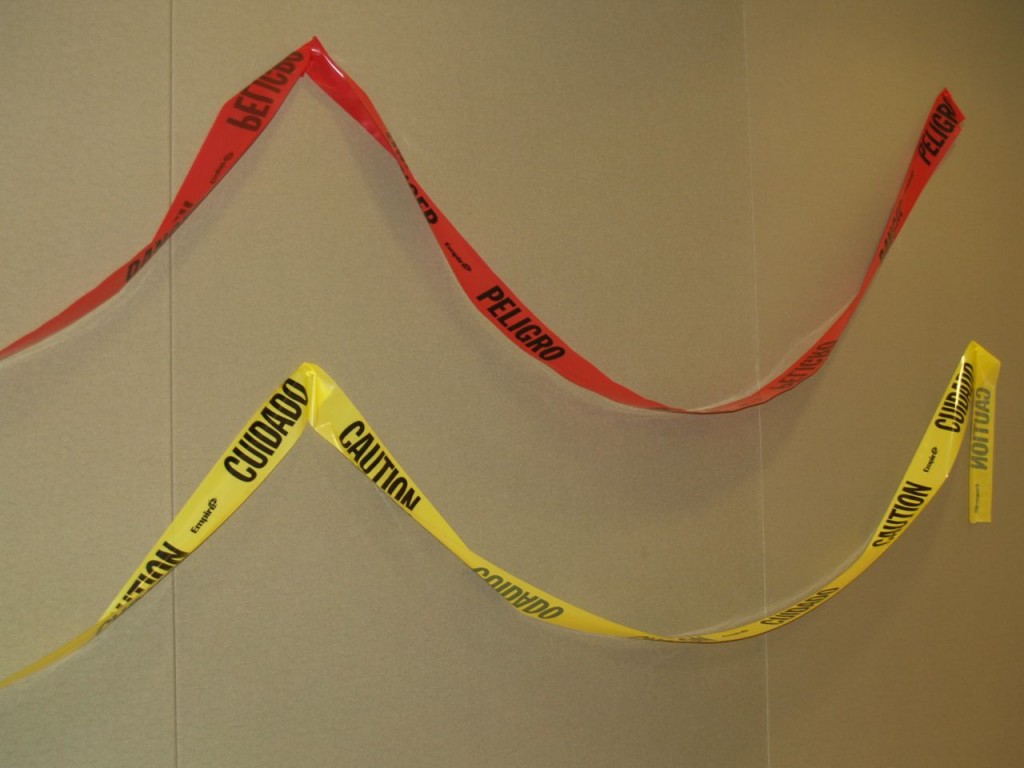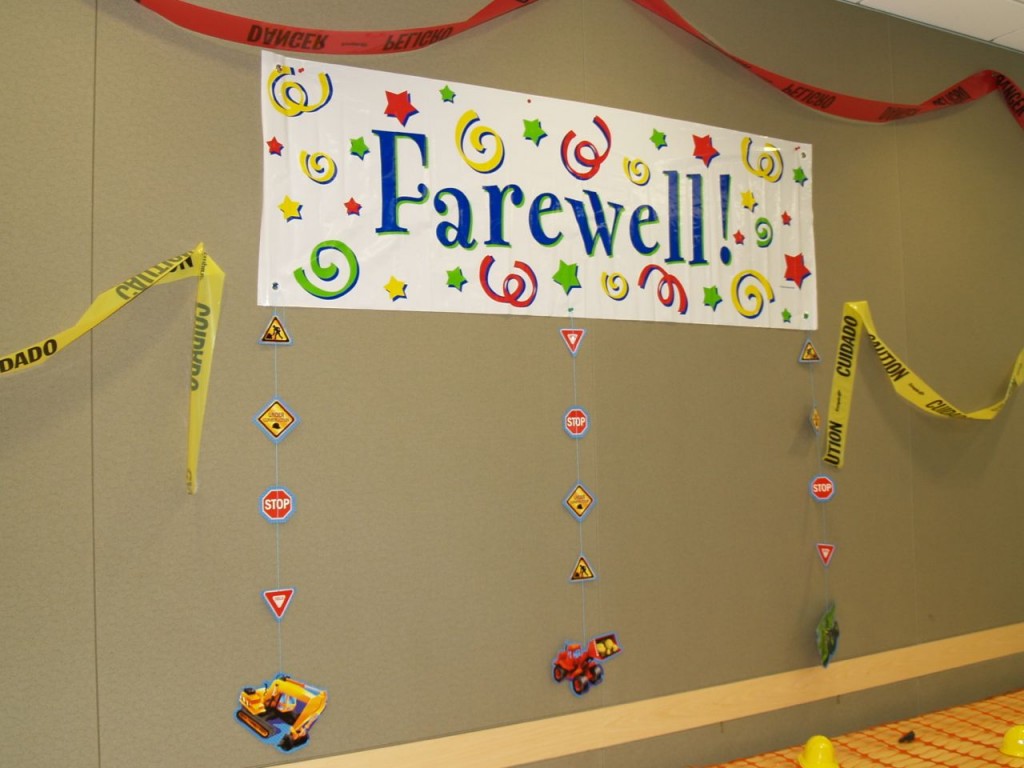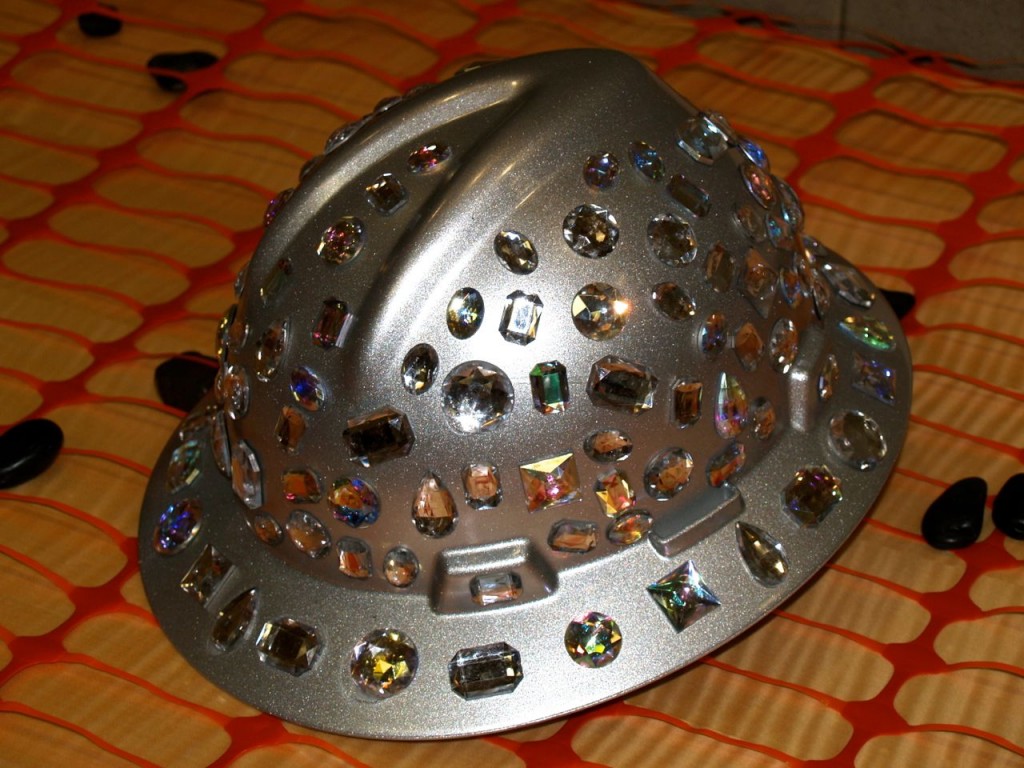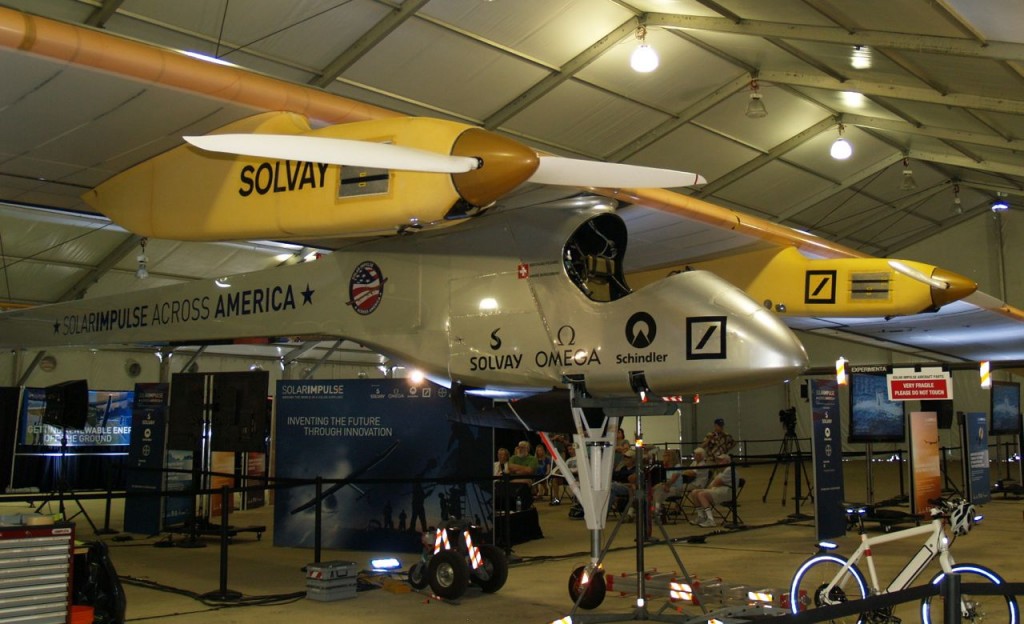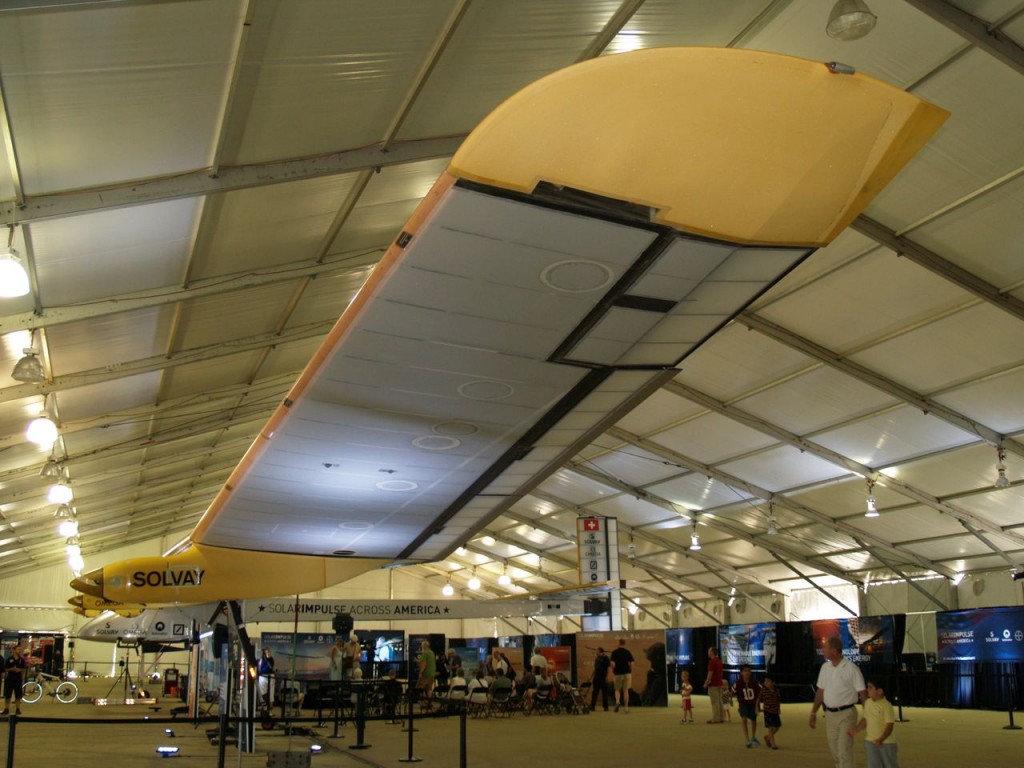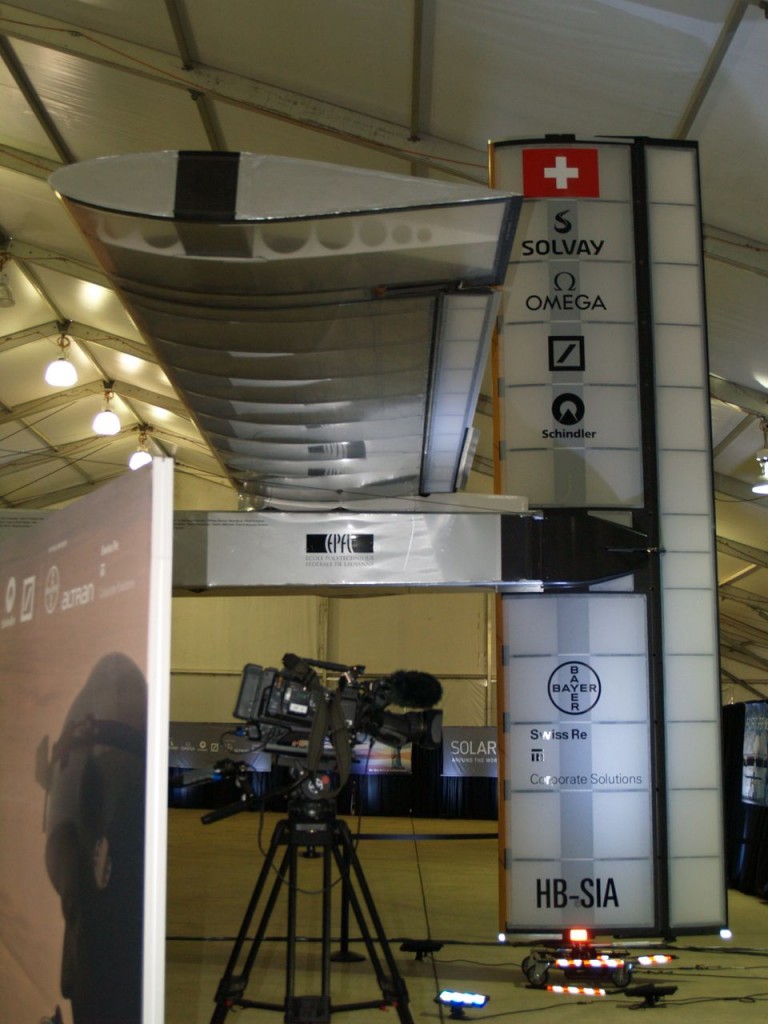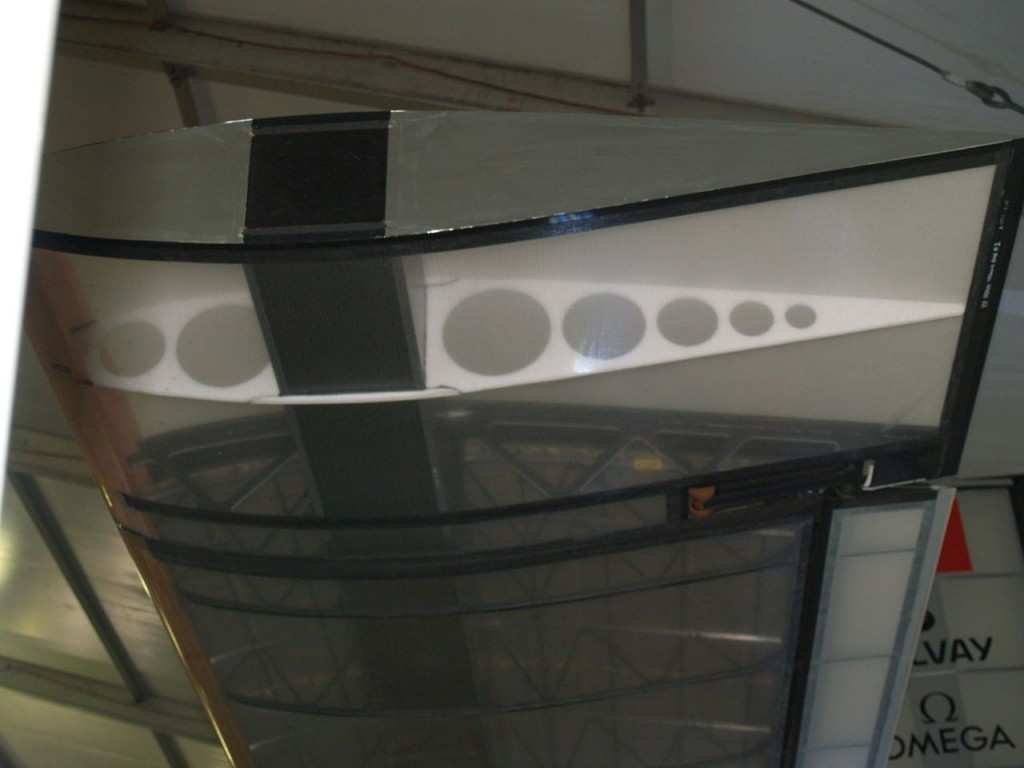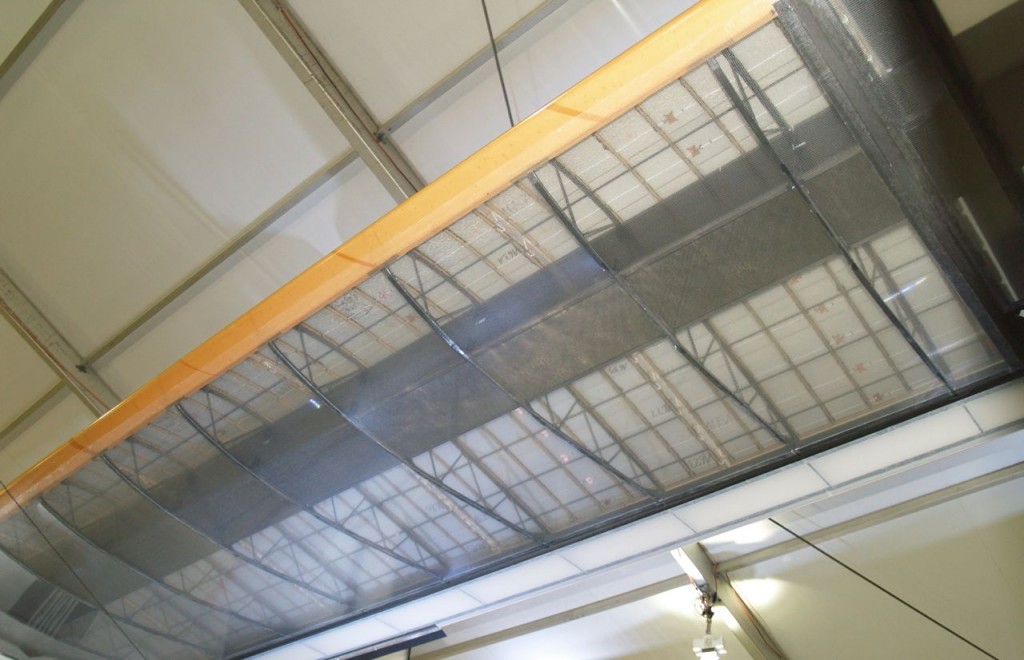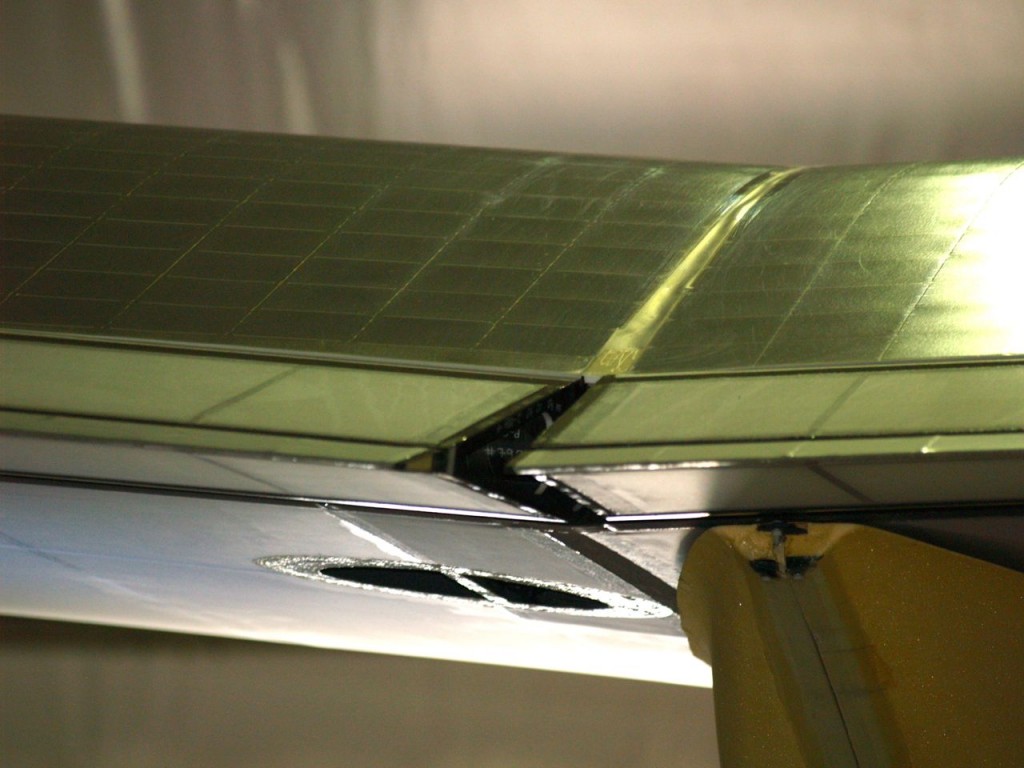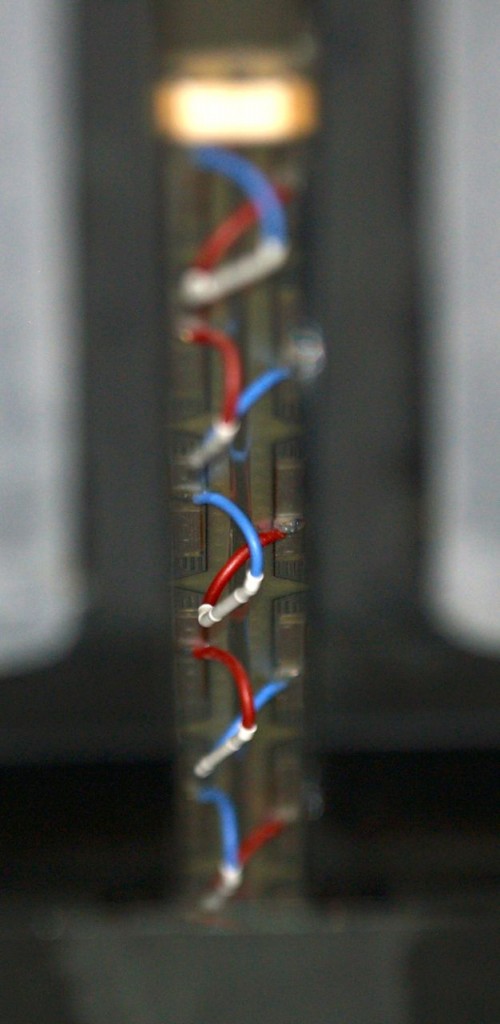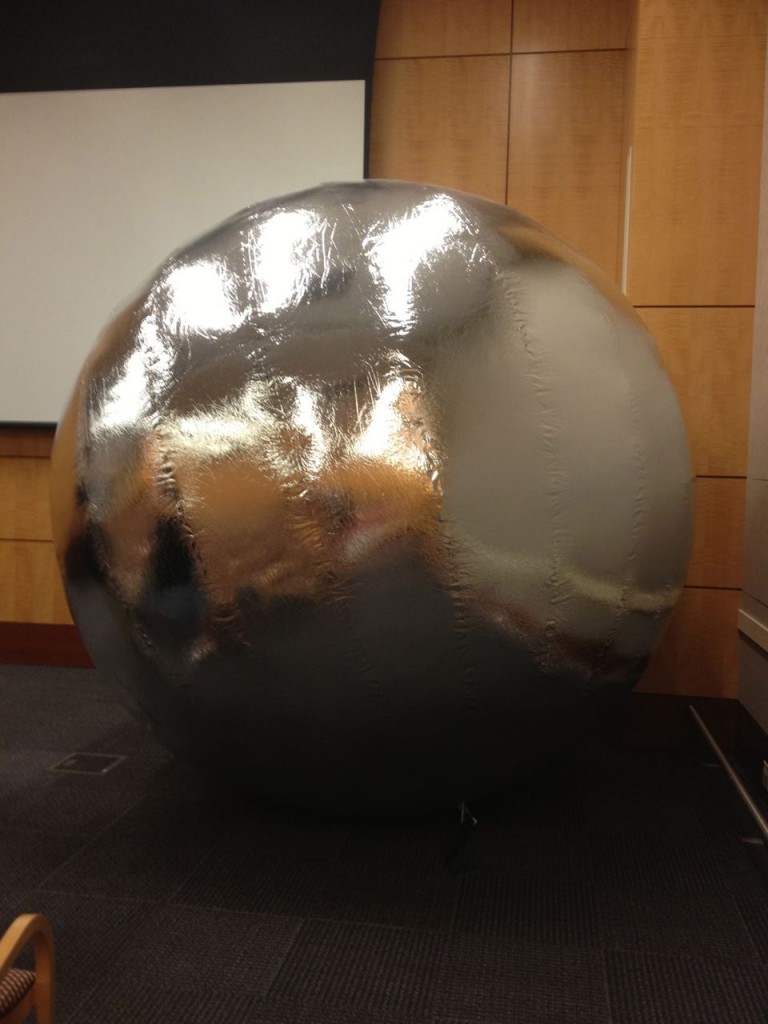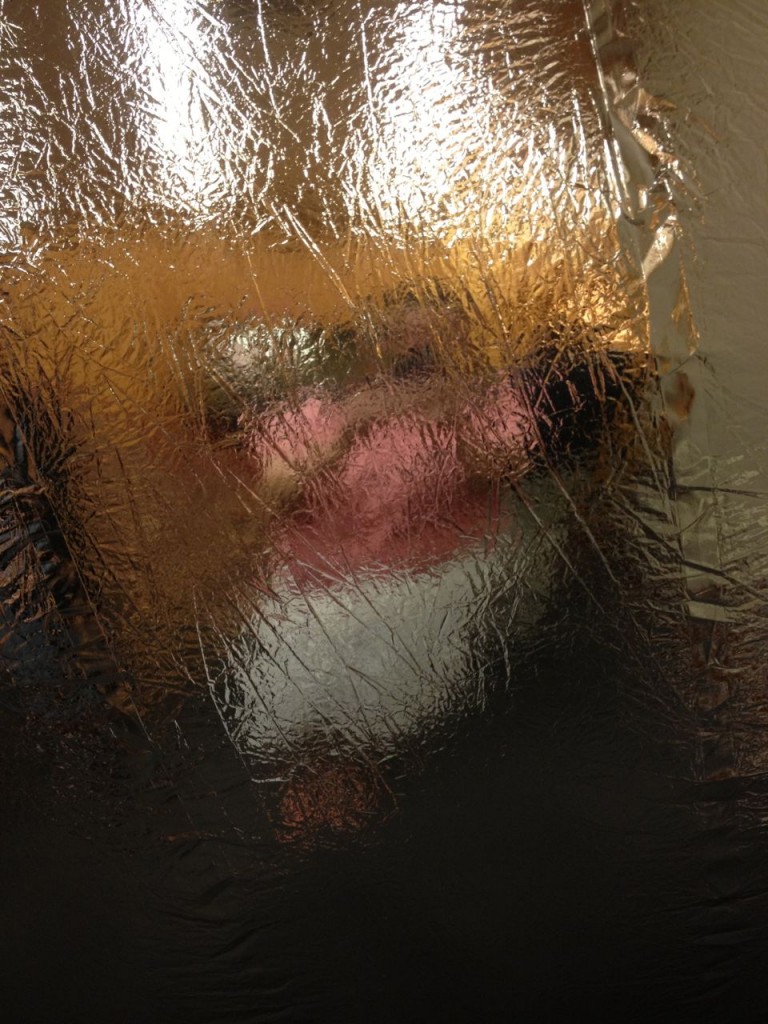The United States Botanical Garden (USBG) has a corpse flower otherwise known as titan arum (Amorphophallus titanum) that is currently in the process of blooming. It is called a corpse flower because when it blooms it smells rather bad, supposedly like rotting flesh. Corpse flowers bloom rather infrequently, as in a few years to a few decades apart. The one currently in bloom at USBG is about seven years old and has never bloomed before. Once a corpse flower is in full bloom, the bloom only lasts 24-48 hours.
I have always wanted to see a blooming corpse flower, so I got really excited when I found out that there is one in town. I took a few hours off today, so I could go see it. I plan to go down there everyday if possible to take photos of it. If you are interested, check back for updated photos.





